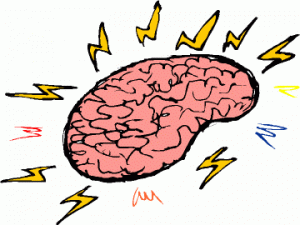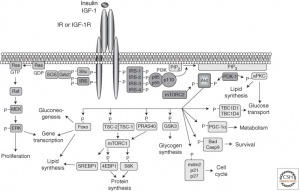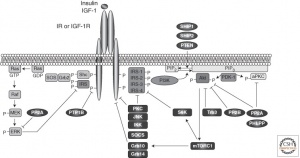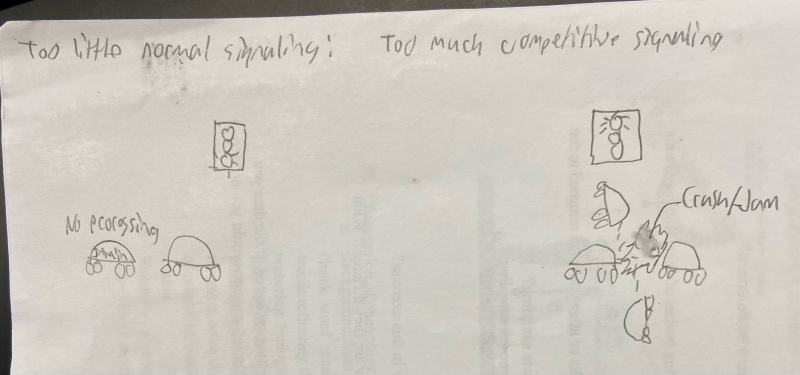Have you ever felt like you are following too many rules in your life, or that you have too little control in major life events? This phenomenon is all too common, but in the brain specifically it takes regulation and rules to a whole new level. In the brain it is dangerous to have both too much or too little of many chemicals and proteins, so much so that diseases such as Alzheimer’s disease can be cause both by too much or too little of certain chemicals that our brain depends on for normal function.

What is Grb and What Does it Do?
Grb is one of many vital proteins in the brain, and it is part of the MAPK pathway. This pathway is one of the most tightly regulated pathways due to its ability to both help and inhibits the usage of insulin in our brains. There are two separate mechanisms of insulin: regular insulin signaling and the competition against insulin, where MAPK performs exactly the same function in two different environments.
Breaking down the two pathways; too little normal signaling can be compared to a traffic stop where the light is green and there is a car not proceeding. When that car is not moving, the entire normal pathway is slowed and insulin can’t perform its vital functions in the brain. On the other hand, when the competitive insulin pathway is overstimulated, the situation is similar to a traffic junction where a car blows a red light and starts to cause a traffic jam in the intersection. In this case, too many “cars” in the signal pathway causes a blockage that prevents insulin from doing its job in the brain. Notice how in the two images below the left pathway (MAPK) never changes, but the end result is two entirely different impacts on the insulin binding site. More on Grb and these pathways


Why is this blockage bad?
When insulin is blocked in the brain, there is a wide host of problems that can occur, one of those many problems is the beginnings of Alzheimer’s disease. Many studies have linked Alzheimer’s disease to the inability to properly regulate insulin. Due to the above pathway obstructions (both too little normal signaling and too much competition), insulin will build up and cause a hyperglycemia in the brain. This buildup of sugar leads to the two telltale signs of Alzheimer’s disease; amyloid beta plaques outside the neurons and phosphorylation of a dangerous tau protein inside the cells. These work together to cause irreparable damage to the brain, specifically the neurons that help transmit information. Individuals infected with Alzheimer’s see a substantial drop in their cognitive function, which leads to major quality of life impacts. Once this destructive pathway becomes active, there isn’t much we can do to stop it with current technology outside of treating the symptoms and placing the individuals under the care of another person as their own capacities begin to fail. This demonstrates how important it is to follow the rules and regulations of the brain, even if you don’t necessarily follow all the rules outside the brain. More on insulin and Alzheimer’s Diesase
